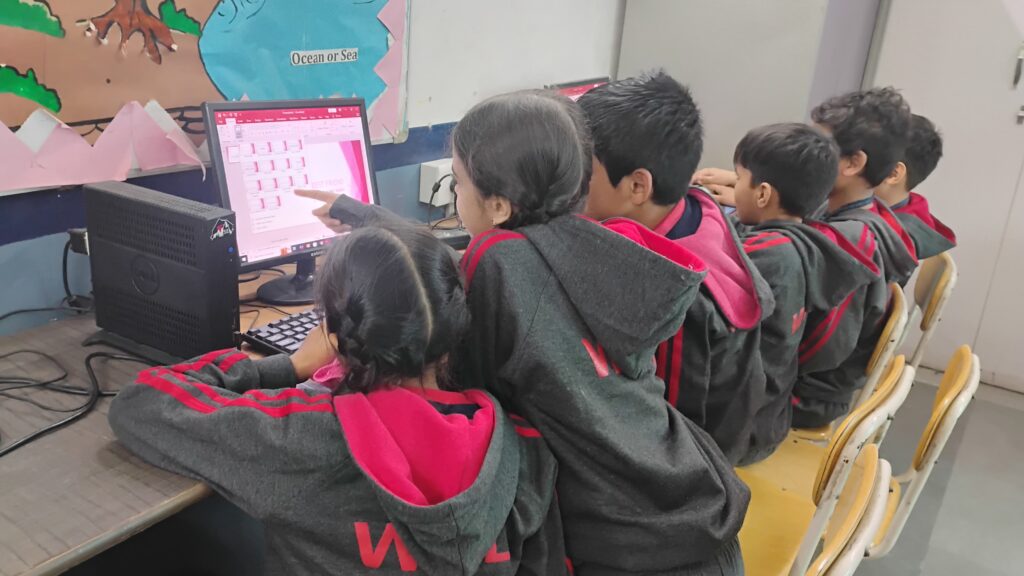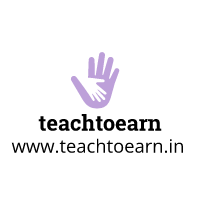Most parents feel trapped in the traditional schooling system. They pay exorbitant fees, yet their children receive an outdated, exam-driven education that stifles creativity and critical thinking. Despite their frustrations, they believe they have no choice—speaking up could mean retaliation from the school, and alternative options seem out of reach.
But what if parents do have a choice? What if they could take back control of their child’s education and provide a learning experience that is far superior to what conventional schools offer?

In this conversation, Dr. Malpani challenges the common myths about schooling and introduces a revolutionary solution—community-based digital learning pods—that empower parents and students to break free from the rigid, ineffective education system.
Parent: Dr. Malpani, I feel completely helpless when it comes to my child’s education. Schools are charging exorbitant fees every year, yet the quality of education remains poor. It’s all about cramming for exams, no play, no creativity, and just endless stress. My child hates going to school, but what choice do I have?
Dr. Malpani: You are not alone. Most parents feel exactly the same way. Schools have convinced parents that they have no choice, that they must accept whatever the school decides because “good schools” are rare. They’ve built this scarcity mindset, making you believe that if you speak up, your child will suffer. Parents feel trapped, but the real tragedy is that they don’t realize they actually have better alternatives today.
Parent: But what can I do? If I raise my voice, I risk my child being targeted by teachers or the school administration.
Dr. Malpani: That’s exactly how school management bullies parents. Fear. They know parents are too scared to push back. So, they increase fees year after year, pack students into crowded classrooms, and continue with their outdated lecture-based teaching methods, all while parents silently accept it.
Parent: But isn’t it true that there are only a handful of good schools? If I don’t send my child to one of them, am I not ruining their future?
Dr. Malpani: That’s what they want you to believe! But let’s break it down. What does a “good school” mean?
Does it mean a place where children learn to think critically, ask questions, and develop a love for learning? Or does it mean a place that churns out students who can memorize textbooks and score well in exams? Unfortunately, most schools focus on the latter. They aren’t educating your child—they are just training them to clear exams.
Parent: So, what can I do? The really rich parents can send their kids to IB schools or exclusive alternative education centers, but what about the rest of us?
Dr. Malpani: That’s exactly the point. Rich parents buy their way out of the problem, sending their kids abroad or to fancy private institutions. But most middle-class parents remain stuck in the factory-schooling model—one that prioritizes obedience over curiosity and rote learning over real understanding.
And when schools fail, what do parents do? They send their children to coaching classes, thinking this will fix the problem. But that’s just moving them from one lecture room to another! Coaching classes don’t teach students how to learn, they just force-feed them more facts to regurgitate in exams. It’s the same broken model, just with a different price tag.
Parent: You’re right, but what’s the alternative? We can’t just keep complaining.
Dr. Malpani: Exactly! The alternative exists, but parents need to wake up and take control. The best solution isn’t found in another expensive school or coaching class—it’s in community-based learning.
Parent: Community-based learning? What’s that?
Dr. Malpani: Imagine a small group of students learning together in a safe, engaging environment, supported by a facilitator, rather than being force-fed information by a teacher who is racing through a rigid syllabus.
Instead of passively listening to boring lectures, students actively explore subjects through real-world projects, discussions, and online resources. They get access to the world’s best teachers—most of whom teach online for free as a labor of love.
This is what digital learning pods or community micro-schools do. They empower students to take charge of their own learning, using technology to access high-quality education without being limited by geography or school bureaucracy.
Parent: But can online learning really replace a school?
Dr. Malpani: Not online learning alone—blended learning is the key. Combine technology with peer learning, mentoring, and real-world problem-solving, and you get an education system that is 10X better than what traditional schools offer.
Schools today use 19th-century methods to prepare children for a 21st-century world. They don’t teach financial literacy, problem-solving, critical thinking, or creativity. Digital learning pods fill this gap by allowing students to learn at their own pace, explore their interests, and collaborate with others—all while developing skills that actually matter in the real world.
Parent: But starting something like this sounds overwhelming. How do I even begin?
Dr. Malpani: It’s easier than you think. You don’t have to wait for the system to change—you can create a better learning environment for your child right now.
You can start your own Teach to Earn Digital Learning Pod. Find a few like-minded parents, set up a learning space with computers, and give your children access to high-quality online learning resources. There are thousands of free online courses, platforms like Khan Academy, Coursera, and YouTube, where the world’s best teachers are ready to teach your child for free. All you need is the courage to step outside the outdated school system and take ownership of your child’s education.
Parent: But won’t my child miss out on socialization and structure?
Dr. Malpani: That’s another myth. In fact, students in learning pods socialize more meaningfully because they work on projects, collaborate, and interact with different age groups—unlike schools, where they’re stuck in a rigid, one-size-fits-all system.
As for structure, digital learning pods can be as structured or flexible as you want. The key is to focus on real learning, not just completing worksheets and preparing for exams.
Parent: You’ve given me a lot to think about, Dr. Malpani. I never realized we actually had an option to break free from the traditional system.
Dr. Malpani: That’s exactly why I’m doing this—to wake parents up! Schools have convinced you that you have no choice, but the reality is, you do. And if you don’t take action now, your child will suffer the consequences.
Take matters into your own hands by starting your own digital learning pod—your children will not get a second chance! Learn how here: https://www.teachtoearn.in/start-a-teach-to-earn-learning-pod/
